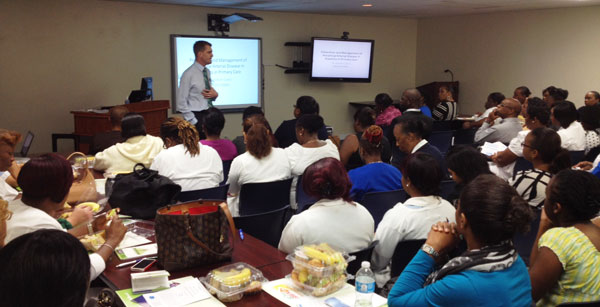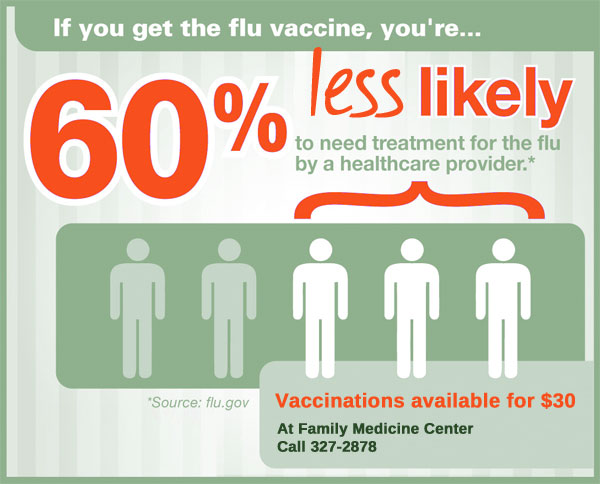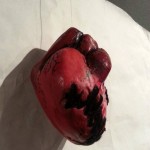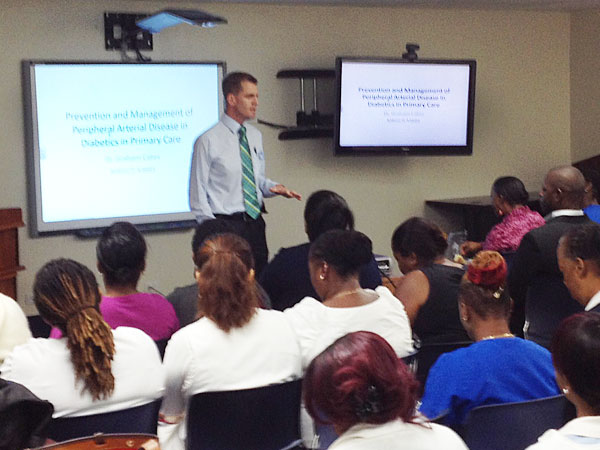
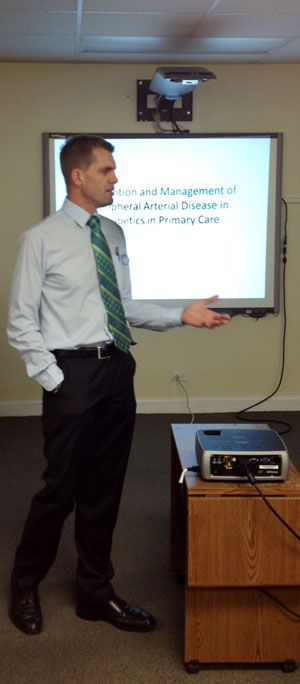 Dr Cates made a presentation on peripheral vascular disease at the Public Health Authority at the Diabetes Foot Symposium Thursday November 14th.
Dr Cates made a presentation on peripheral vascular disease at the Public Health Authority at the Diabetes Foot Symposium Thursday November 14th.
What Is Peripheral Vascular Disease
Peripheral vascular disease (PVD) is a common condition in which a build-up of fatty deposits in the arteries restricts blood supply to leg muscles. It is also known as peripheral arterial disease (PAD).
Although many people with PAD have no symptoms, some people have painful aching in their legs brought on by walking. These aches will usually disappear after a few minutes of resting.
If you experience recurring leg pain with exercise, see your doctor. PAD is usually diagnosed through a physical examination by your doctor.
They will also measure the blood pressure in your leg, using the ankle brachial pressure index (ABPI). This involves comparing blood pressure readings from your arm and your ankle. A difference between these readings may indicate PAD.
Read more about peripheral arterial disease.
